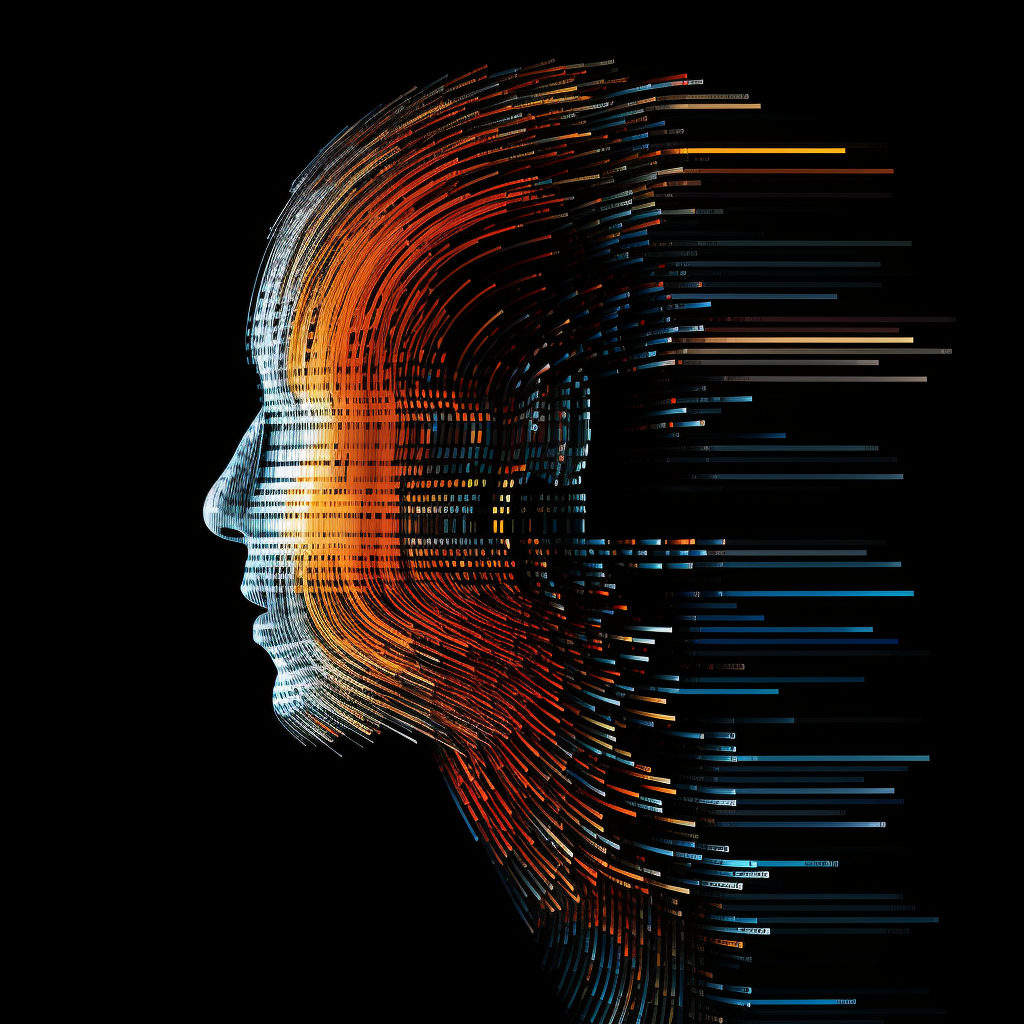Digitally-Induced Altered States of Consciousness and Playful HCI: Future Research Agenda of a Novel Perspective

In an era where technological advancements are reshaping the very fabric of society, we might be standing in front of unimaginable changes in human-computer interaction. Enter the realm of Digitally Induced Altered States of Consciousness (DIAL). This emerging phenomenon is shaped by the rapid proliferation of Extended Reality (XR), the popularity of biofeedback technologies in the realm of quantified self, and the advent of brain-computer interaction.
This groundbreaking frontier demands our attention and preparation for safely implementing these technologies into society. In many ways, we were not prepared for a fast surge of large language models (LLMs) that revolutionised education, work, and the job market in a few months. In the case of DIAL, the potential ramifications are as broad as they are profound, touching every aspect of our society. We can face these possible implications by mapping antecedents of these technologies and creating possible future scenarios using speculative design and other future research methods.
In our recent work-in-progress publication, we illuminated possible trajectories and mapped out the current landscape of DIAL. We employed the PESTEL framework to dissect the political, economic, social, technological, environmental, and legal dimensions that will shape DIAL’s future and the implications DIAL has on these societal domains. Technological advancements in DIAL have the potential to enhance experiences by integrating altered states into existing systems. Some current precursors of DIAL are altered state of consciousness related to XR applications, biofeedback-aided meditation, binaural beats, and transcranial brain stimulation. Speculative examples of DIAL are also introduced in fiction, such as the “Playtest” episode of Black Mirror.
Regarding socio-cultural context, the cyberdelic community is formed around the ability of DIAL technologies to “expand consciousness” or allow people to take a new look at many problems. Biohackers and neurohackers also often utilise different DIAL technologies. DIAL technologies themselves adapt to existing social structures, popular ideas and beliefs. Moreover, their conceptualisation in popular media can lead to their marginalisation (in the case of binaural beats) and societal acceptance (biofeedback for psychological well-being). Politically and legally, the development of DIAL bears some parallels with psychedelic drugs, which have also been vilified, have received opposing media coverage, and are also used to treat certain psychological disorders. Due to their intersection with the topic of drugs, DIAL technologies can cause moral panic (Saudi Arabia) or be used for an educational program against drugs (China). DIAL can influence the gaming industry and penetrate healthcare as an alternative to psychedelic drugs. However, this development can be hindered by patenting laws that are not flexible for many software-based solutions. Finally, DIAL can directly and indirectly impact the environment as increased energy consumption caused by data processing. However, some DIAL technology can be used for climate anxiety treatment.
Our research aims to guide us towards a more informed and prepared future for DIAL technologies. This work was presented at CHIPlay 2023 and is part of the project DIAL: Futures research into socio-cultural implications of DIgitally induced ALtered states of consciousness funded by the Kone Foundation. The presentation is available on YouTube. Stay tuned for our future publications and take a journey to possible futures with us!
Belousov, A., Ojell-Järventausta, T., Bujić, M., Macey, J., & Hamari, J. (2023, October). Digitally-Induced Altered States of Consciousness and Playful HCI: Future Research Agenda of a Novel Perspective. In Companion Proceedings of the Annual Symposium on Computer-Human Interaction in Play (pp. 127-134).
DOI: https://doi.org/10.1145/3573382.3616100
ResearchGate: https://www.researchgate.net/publication/374515282_Digitally-Induced_Altered_States_of_Consciousness_and_Playful_HCI_Future_Research_Agenda_of_a_Novel_Perspective
Authors
Anatolii Belousov
Terho Ojell-Järventausta
Mila Bujić
Joseph Macey
Juho Hamari
Abstract
Due to the increasing availability and efficiency of digital technologies humanity has reached a point where digitally altering consciousness might become ubiquitous, echoing in all areas of the functioning of society. In addition to the already familiar functions in terms of conveying information, enabling experiences, and extending our realities, there is an emerging field of digitally-induced altered states of consciousness (DIAL). Precursors of the societal impact of DIAL technologies include various examples from binaural beats to video games that provide invaluable insights into forthcoming DIAL technologies. Although individual changes in consciousness through digital means have been studied for decades, they have been limited to the reach of technology. We suggest the field DIAL denotes the class of all digital technologies exploited for inducing altered states of consciousness (ASC). It supports a focused and holistic approach to anticipating futures and astute actions. We highlight the need for a detailed and full-fledged examination by demonstrating existing and hypothetical examples of their impact on Political, Economic, Social, Technological, Environmental and Legal (PESTEL) contexts. Based on these reflections we outline a potential research agenda to elicit discussions within the interdisciplinary community.




Sorry, the comment form is closed at this time.